Despite all my moaning in previous despatches about the problems we’re facing living off-grid in a remote part of the Portuguese countryside, “remote” does have its advantages in these testing times.
Thankfully the COVID-19 rates here have been very low, and apart from occasional travel restrictions and a curfew over the New Year weekend, we’re extremely lucky in terms of how we live our lives.
It’s obviously a grim picture with the new fast-spreading strain of the virus and for many to be back into new long lockdowns.
But you know all that.
Hopefully I can at least provide a few minutes of distraction and some space for daydreaming about travel plans for when the vaccine makes it possible again!
It’s pretty cold here at the moment with icy mornings and occasional showers passing through, but we’ve used some of the beautiful clear days (when not building!) to go on long walks with Simon & Garfunkel.
We have some amazing hikes from the house, but one of the big attractions along our stretch of coastline in the Rota Vicentina – a network of 740km of footpaths and 1,000km of mountain biking trails.
The Fisherman’s Trail follows the coastal cliffs and beaches for more than 220km – 13 days of good walking south of Lisbon from Sines down to Sagres on the southwestern tip of mainland Europe and then along the southern Algarve coast to Lagos.
Just over the hill from us the Historical Way winds inland and we often use stretches of it on the various loops we do through the beautiful valleys and rolling cork oak hillsides
Have a nose around the map – this is our section between São Teotónio and Odemira.
(We also need to invest in some new tyres for the mountain bikes as there are a load of circuits in our area).
The plan is to do both walking trails in full and write about them on the way, but obviously we’re getting to know the routes nearest to us first, and the stretch of coast we walked was amazing.
We started close to our favourite beach where one of the landowners has a taste for unusual animals.
The bison is always such an imposing figure, and we enjoy seeing the zebras, ostriches and variety of antelopes more accustomed to the African savannah as they remind us of our previous life!
I’ll need to do a bit more research before I can explain the geological features on the cliffs, but the folds and layers of rock are stunning.
There’s plenty of tectonics, that’s for sure – the epicentre of the earthquake and tsunami that levelled Lisbon in 1755 was 200km south and west of our coast beneath the Atlantic Ocean.
(I’ll save that for another post when I’ve done the reading…and being a geographer that excites me!).
We only covered 8km or so, but that’s because of all the distractions: there’s an amazing beach around every little corner.
This was a reconnaissance mission after all, and so we went down a few paths that would better be described as streams in the cliff face, but we didn’t plunge to our deaths and neither did the dogs.
There are so many beaches here that many are quiet even in the peak season.
In the summer we spent a bit of time discovering some that lead to other hidden beaches only accessible at low tide.
We spotted some rock-crevice pools that look like they’ll make excellent saltwater swimming pools.
There were a few waterfalls, some amazing views and sections of the path which had become narrow tunnels of trees and shrubs.
We stopped to turn back just before one of the famous landmarks on this stretch – Praía da Amália – a beautiful little beach where Amália Rodrigues used to have a summer house.
The “Queen of Fado” was a singer and actor who helped make Portuguese fado famous worldwide – she died in 1999 and her clifftop house is now a guesthouse. Her face adorns four buildings in nearby Brejão.
We’re told the popular time to do the long distance trail is in March/April so the beaches can be used for cooling down spots, but having done the Coast to Coast in the winter I think this one is definitely possible year round!
But it’s not all walk, walk, walk…there’s lots of work…and what better way to work off the excesses of three Christmas lunches (Portuguese, Finnish and English/Swedish) than lugging wood and roofing panels around?
After a little COVID scare Rui was happy to help us out between Christmas and New Year and so we cracked on with the roof.
I was introduced to a new tool – it seems routers (pron: ROW-ters) are not just the American pronunciation of a wireless internet box.
It’s certainly a much easier and faster way to make slots in wooden beams than with a chisel!
We had two main beams of 11m and 9m to mount on the concrete columns and the side of the house and then slots to cut in both for the carefully measured and angled struts to fit into.
We (Rui) cut and measured the wood to perfection – nine holes in the wall filled and glued with nine lengths of screw-thread rods and nine holes in the beam matching first time.
I’m learning so much from Rui about attention to detail and constant double-checking – as well as some really good building tricks.
Everything was set perfectly level so we could put the imitation tile sandwich roofing on straight.
We weren’t sure about the “fake roofing” to start with, but with a shallow angle we couldn’t use proper telhas(tiles) because the shallow angle would allow water to leak into the ceiling.
And with plenty of built-in insulation we thought it would be the best way to keep the heat in the winter and stop the room from being too hot in the summer.
We had a roof by the end of 2020…but we spent this week screwing it in and doing all the finishing touches…the new room is finally looking like a new room!
My dad always used to say in a Geordie accent: “Wark? I canneh even wark, never mine wark!” Another ending line that needs some help with translation!

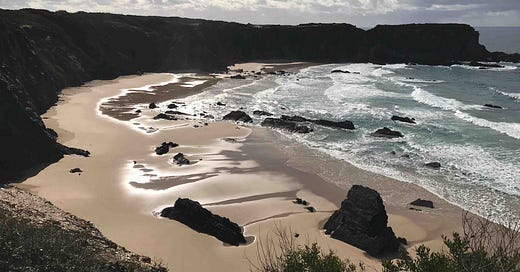



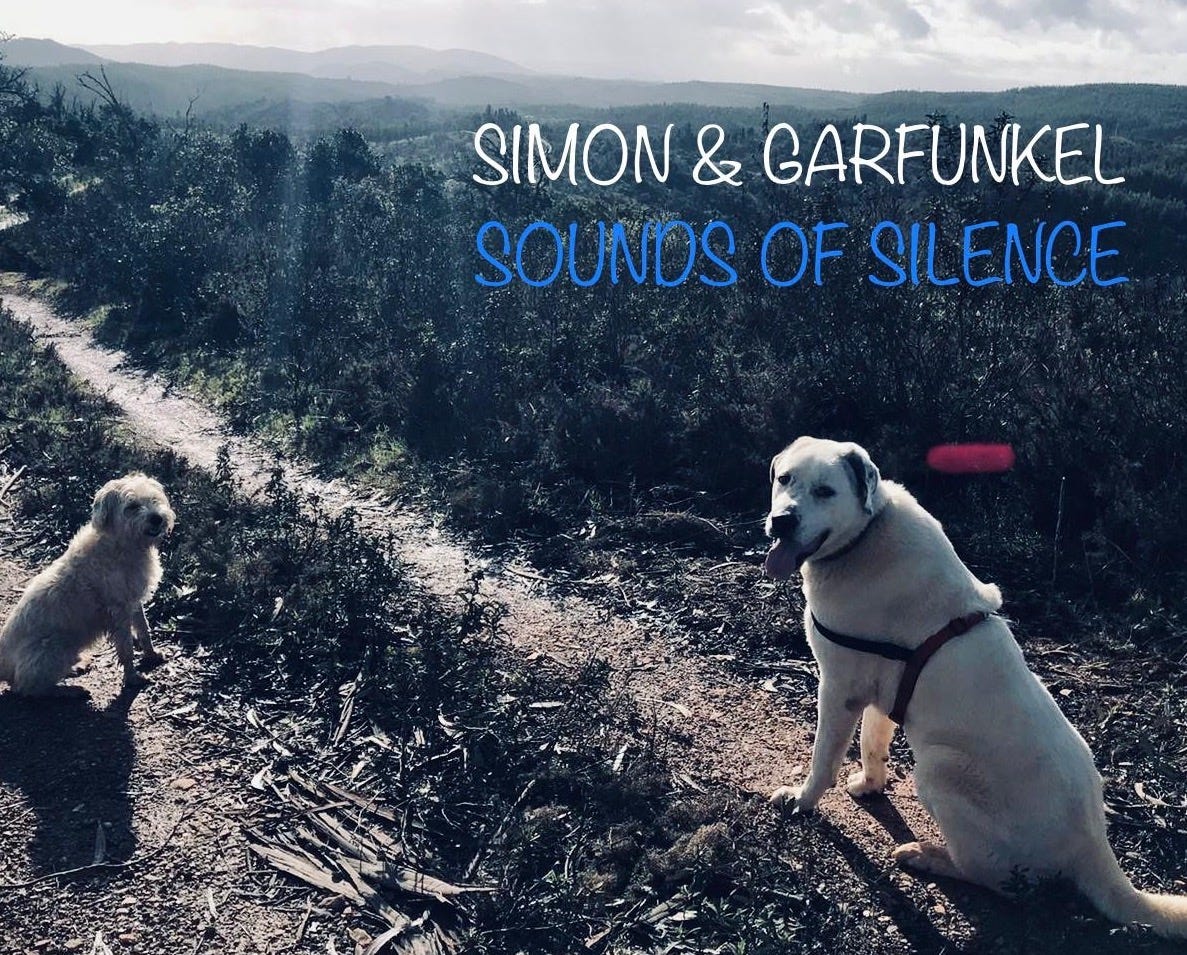
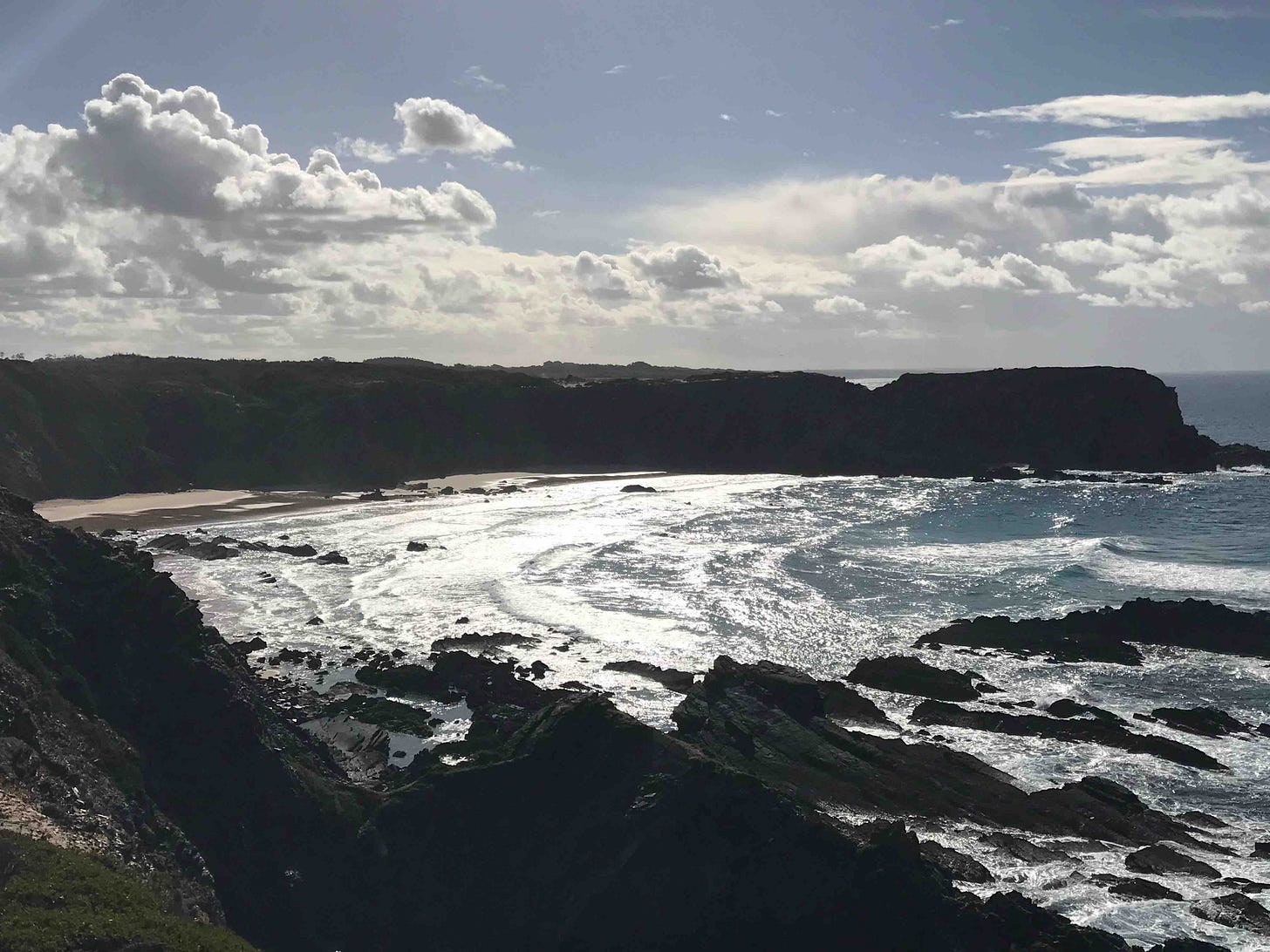




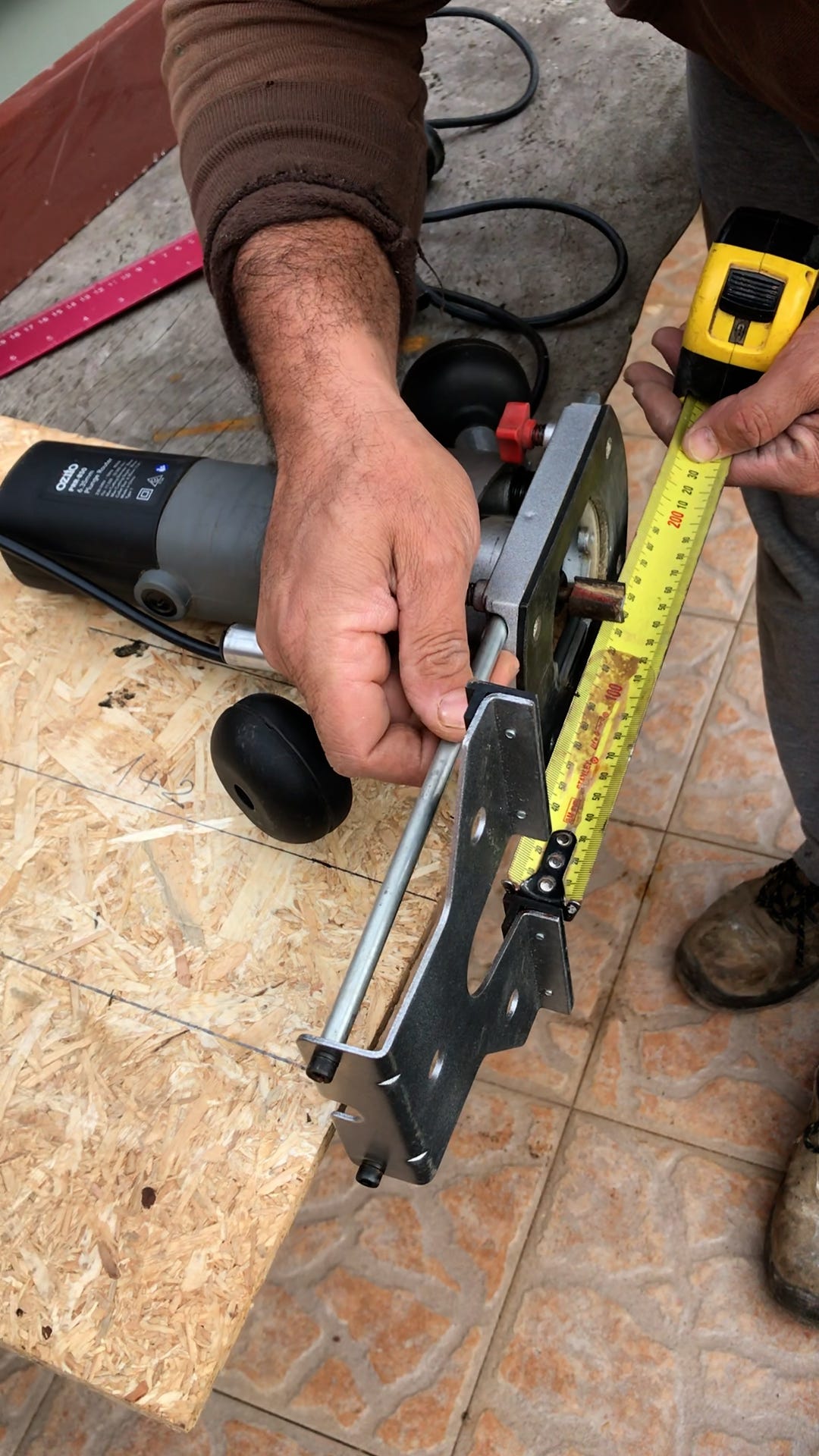

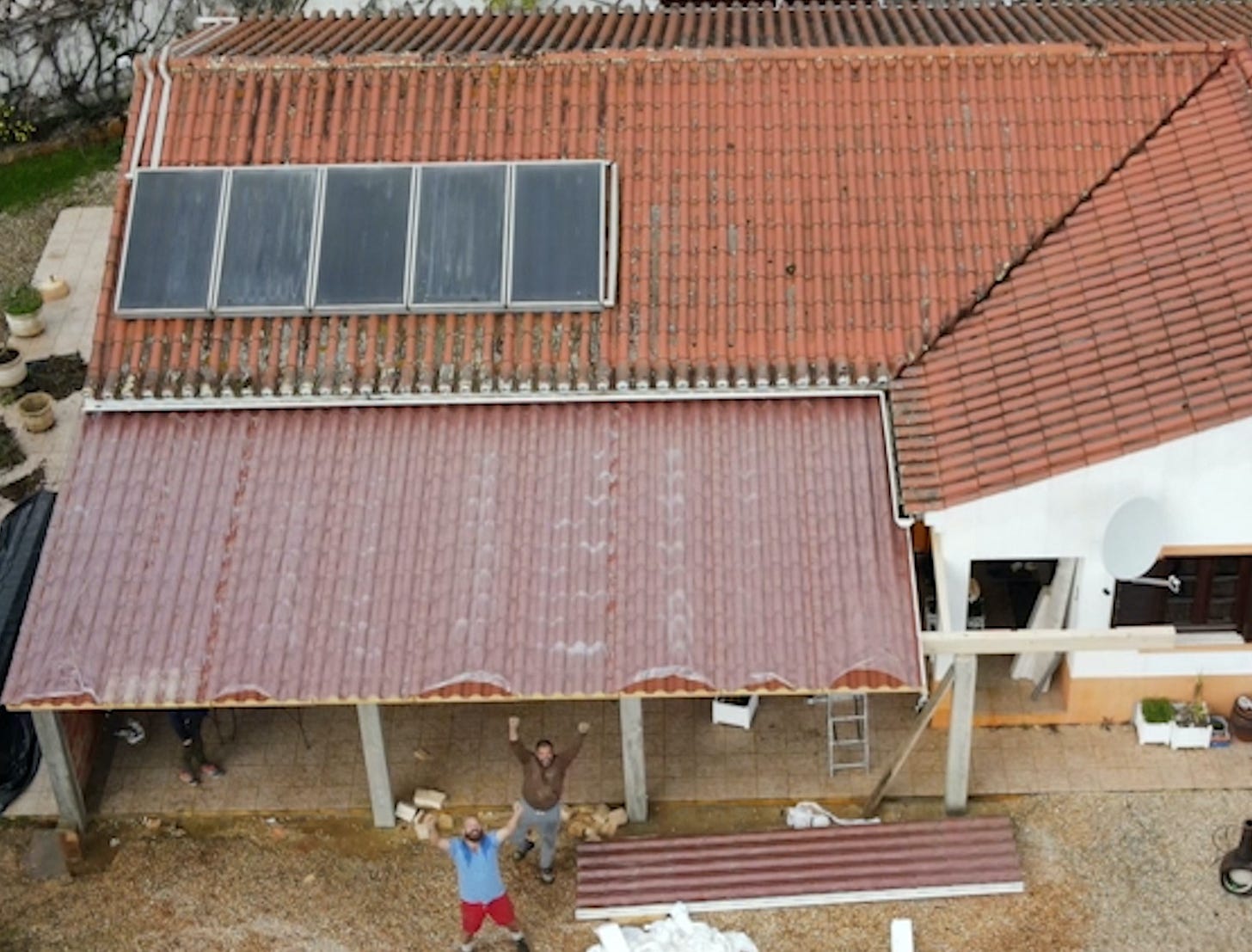
so awesome, love seeing this come together - take a bow
I’ve have just tapped into your blog following your radio 5 interview, what an inspiration you both are, facinated to see how it all progresses.